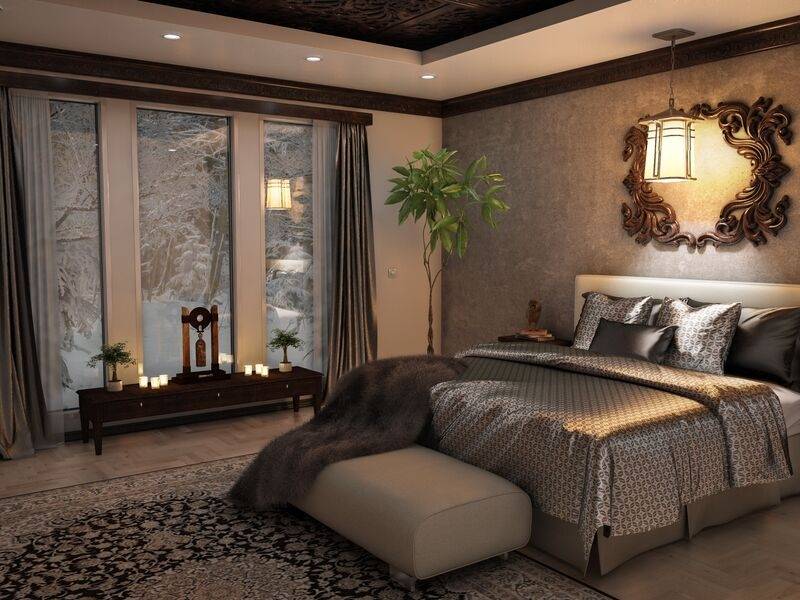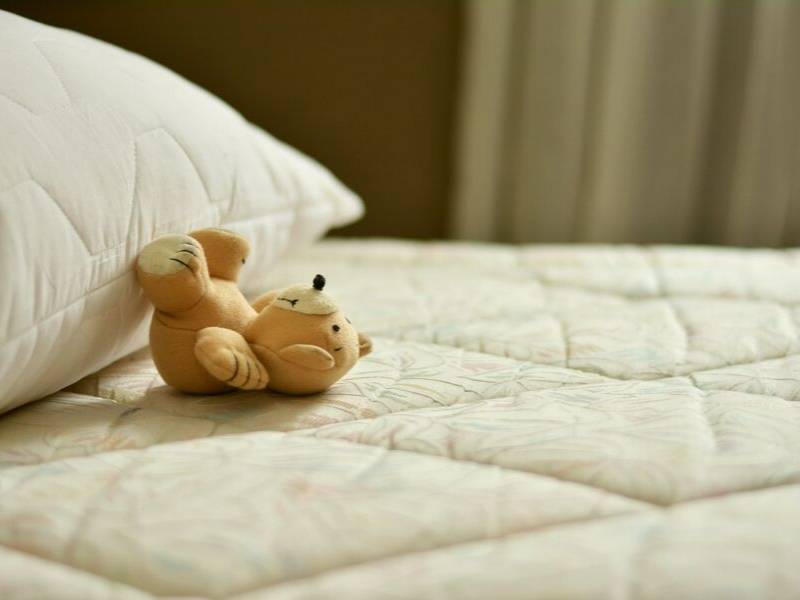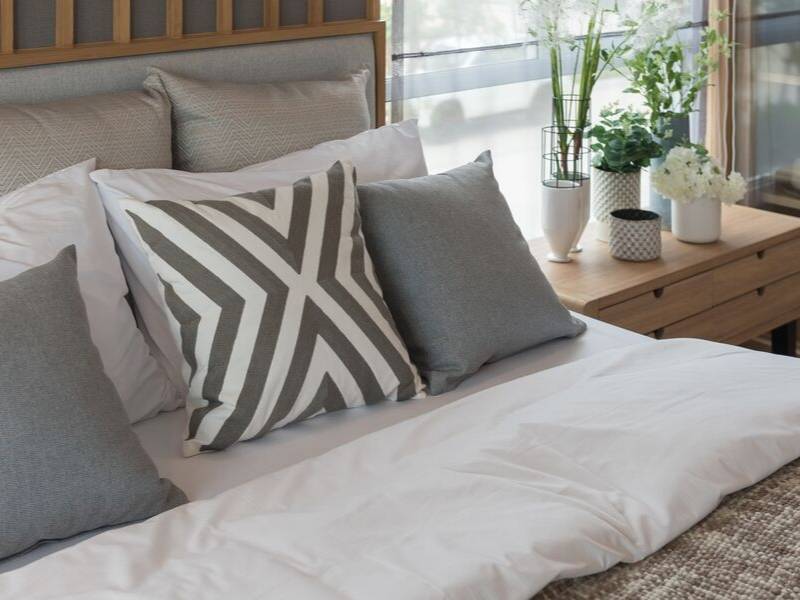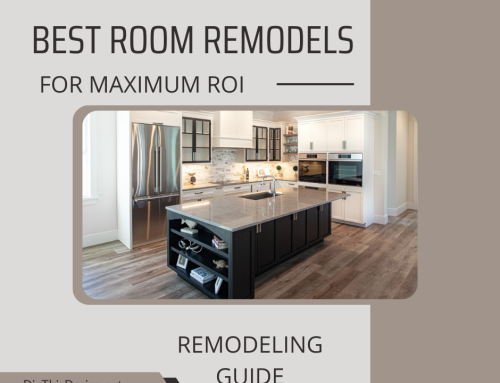Your sleep environment is fundamental to your well-being. Once you understand how your sleep pattern affects your body and mind, there is no question that you must take steps to ensure you get the best sleep possible.
To help transform your space into a restful paradise, keep reading for some great tips on how to design your sleep environment for the best rest ever.
Increase the Comfort of your Sleep Environment

1. Design Your Bedroom for Sleep
Make your room all about resting for positive results. To do this, design your room with comfort and relaxation at the forefront. Use soft colors and accessories, soothing sounds, and the best mattress for you to evoke a great night’s sleep.
While white noise is soothing, other recognizable sounds like voices, cell phones, or street noises distract you with the stress of the outside world. To avoid this, shut off all your internet devices and put up noise and light dampening thermal drapes or a set of good blinds to help you slumber peacefully.
2. Turn Off the Electronics
Electronics are a big distraction for a good night’s sleep. Even though you may resist, remove or turn off all electronic devices in your bedroom. This eliminates the electronic blue lights that cause sleeplessness for many people. It’s also a good way to avoid the antsy feeling of wanting to use the devices when you really should be sleeping.
Additionally, anyone who sleeps with their phone next to their bed stands a good chance of a barrage of messages just before they fall asleep. Whether you check it or not you’ll be back at square one in your quest for a relaxing night of sleep.
3. Confront Mattress Problems
Mattress problems often cause pain and uneasiness after waking. Investing in the type of mattress that conforms to your natural grooves is vital. We recommend that you try an Amerisleep AS2, which is beautifully designed especially for those who experience sleep-related back problems.

Improper sleeping positions is another way that your mattress works against you. There is an important correlation between mattress types and your usual sleeping position. But, also try to adjust your pillows for further comfort, as well.
4. Declutter & Clean
The more clutter in a space, the more likely anxiety is to arise in our sleeping patterns. If your room is a shrine to old projects – clean it out. Old food or drinks attract bugs and produce lingering smells, both of which will not lend themselves to a night of good sleep.
Next, launch a cleaning spree! A non-toxic cleaner does the job without the lingering scents. A nice, clean room leaves you with feelings of relaxation rather than the anxiety that stems from disorganization. Minor comforts such as this will add up to produce more restful sleep.
5. Regulate Temperatures
A sleeping routine needs consistency which means the right temperature control in the bedroom. With the room at the right temperature, you’ll be better able to ‘wind down’ and ‘cool off’.
At the same time, a blanket is comforting not only for warmth but the weight on top of you helps with anxiety and therefore more peaceful sleep. So, use both a cool space and a warm blanket to provide your body the option to cool down or warm up throughout the night.
8. Employ Soothing Colors
You might no think that your walls affect your sleep, but certain colors are associated with relaxation. So, choose tones that add to a relaxing atmosphere, and do not unconsciously alert your mind.

Even if neutrals simply aren’t your thing, there are more subtle tones of the same color, or very rich, dark tones that help optimize your rest time. Using soothing colors like blue and gray also produces a calming effect on your brain.
6. Listen to Soothing Sounds
Sleeping is very reliant on consistent sounds. Therefore, music, traffic, or other noises might awaken you unexpectedly. Music, especially that with vocals, also makes it difficult for the mind to fully relax. So, if you love to listen to music to fall asleep, keep it on a timer to turn off after a while.
Many sounds are unavoidable, and if you live on a particularly busy street, it’s hard to eliminate all sounds. Instead, dampen the offensive sounds with a sound machine that mimics water, soft breezes, or forest sounds.
7. Use the Right Lighting
Soft lighting in the bedroom is always a good idea and dimmer switches are terrific. However, if you prefer a nightstand, reading nook, or desk in your bedroom, be sure to use accent lighting that is easily turned off at night.
Again, you’ll want to remove all electronic devices with blue lights or turn them off during sleep time.
Your Restful Sleep Environment

Understanding the value and effect sleep has on your health, and daily attitude makes it even more important to take steps for a relaxing sleep environment. We’d love to know in the comments below how you design your bedroom for better sleep. We’ve also included some other interesting bedroom design links below.
All Images Courtesy of Canva.
Other Posts You Might Enjoy:
6 Easy Ways to Improve Your Sleeping Habits
9 Tips to Design Your Bedroom for a Peaceful Sleep Experience





